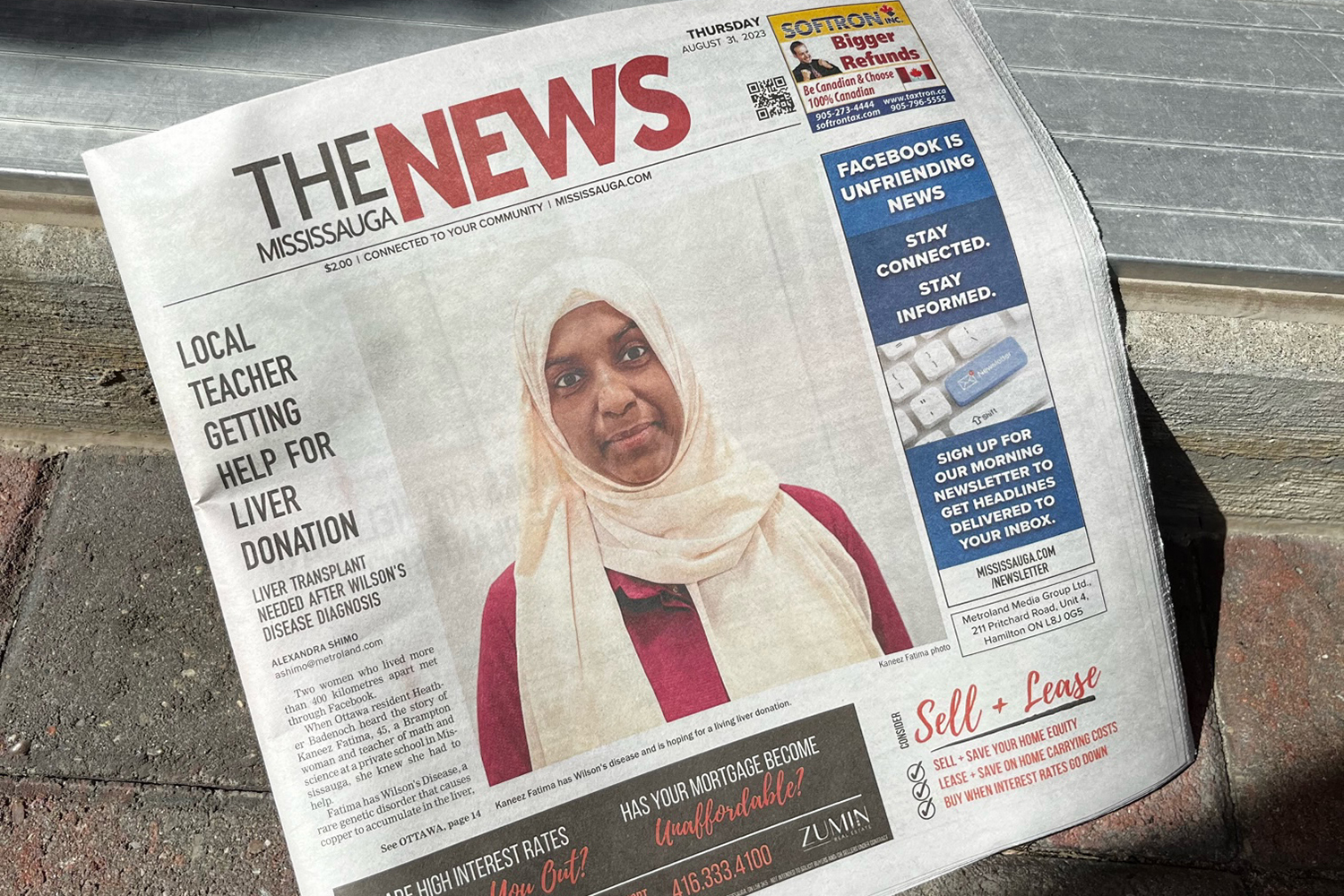A Biased View of News Articles
A Biased View of News Articles
Blog Article
The Basic Principles Of News Articles
Table of ContentsNews Articles Things To Know Before You BuyMore About News ArticlesGetting My News Articles To WorkThe Definitive Guide to News ArticlesThe Definitive Guide for News Articles
Excellent understanding of various subjects offers pupils an one-upmanship over their peers. Despite the fact that electronic and social media sites are readily obtainable, we need to not fail to remember just how crucial it is to review the newspapers. Moms and dads should attempt and instill the habit of reviewing a paper as a daily regimen to continue the heritage of the revered print medium.Information tales likewise include a minimum of one of the following important characteristics about the intended audience: proximity, prestige, timeliness, human interest, curiosity, or effect. The related term journalese is occasionally utilized, generally pejoratively, to refer to news-style writing. Another is headlinese. Papers generally follow an expository writing design.
Within these restrictions, information tales additionally intend to be thorough. Amongst the bigger and extra revered newspapers, fairness and balance is a major factor in presenting information.
Papers with a global target market, for example, tend to make use of an extra formal style of creating. News Articles.; common design guides include the and the US News Design Book.
About News Articles
As a rule, reporters will not make use of a lengthy word when a brief one will do. They utilize subject-verb-object building and construction and vivid, active prose (see Grammar). They use stories, instances and allegories, and they seldom depend upon generalizations or abstract concepts. News writers try to prevent utilizing the very same word greater than once in a paragraph (occasionally called an "echo" or "word mirror").
However, headings often omit the subject (e.g., "Leaps From Boat, Catches in Wheel") or verb (e.g., "Pet cat female fortunate"). A subhead (also subhed, sub-headline, subheading, caption, deck or dek) can be either a subordinate title under the primary headline, or the heading of a subsection of the article. It is a heading that precedes the main text, or a team of paragraphs of the primary text.

of an article topic, source, or interviewee), it is described as a drawn quotation or pull quote. Extra signboards of any one of these types may appear later in the post (specifically on succeeding pages) to attract further reading. Journalistic websites sometimes use computer you can find out more animation strategies to swap one signboard for one more (e.g.
Some Known Facts About News Articles.
Such billboards are also made use of as pointers to the article in various other areas of the publication or website, or as promotions for the piece in other magazine or websites. Press launch of the Swiss federal government. Common structure with title, lead paragraph (summary in vibrant), other paragraphs (details) and contact information.

Example of a hard-lead paragraph NASA is proposing an additional area project. The budget requests approximately $10 billion for the project.
The NASA news came as the agency asked for $10 billion of appropriations for the job. An "off-lead" is the second most important front web page information of the day. The off-lead appears either in the leading left edge, or straight below the lead on the. To "hide the important link lead" is to begin the article with history details or information of additional value to the visitors, compeling them to find out more deeply into a post than they must need to in order to discover the important factors.
Getting My News Articles To Work
Typical use is that one or 2 sentences each create their own paragraph. Journalists usually explain the organization or framework of a newspaper article as an inverted pyramid. The crucial and most intriguing components of a tale are put at the start, with sustaining info following in order of diminishing significance.
It enables individuals to discover a subject to only the deepness that their inquisitiveness takes them, and without the charge of information or nuances that they can consider unnecessary, yet still making that details offered to a lot more interested viewers. The upside down pyramid framework also enables posts to be cut to any kind of approximate size throughout format, to suit the room offered.
Some authors start their stories with the "1-2-3 lead", yet there are many kinds of lead offered. This format invariably starts with a "Five Ws" opening up paragraph (as explained above), followed by an indirect quote that offers to sustain a major aspect of the very first paragraph, and afterwards a direct quote to sustain the indirect quote. [] A twist can refer to multiple points: The last tale in the news program; a "satisfied" tale to end the show.
Longer write-ups, such as magazine cover short articles and the pieces that lead the within sections of a paper, are called. Function tales vary from straight information in several means. Foremost moved here is the absence of a straight-news lead, the majority of the time. Instead of using the significance of a tale up front, function writers might attempt to draw visitors in.
The Buzz on News Articles
An attribute's very first paragraphs commonly associate an intriguing minute or event, as in an "unscientific lead". From the particulars of a person or episode, its sight swiftly expands to generalities concerning the story's topic.

The Editor's Toolbox: A Reference Guide for Beginners and Professionals (2001) Allan M. Siegal and William G. Connolly. The New York City Times Manual of Style and Usage: The Official Design Guide Utilized by the Writers and Editors of the Globe's A lot of Reliable Paper (2002) M. L. Stein, Susan Paterno, and R.
Report this page